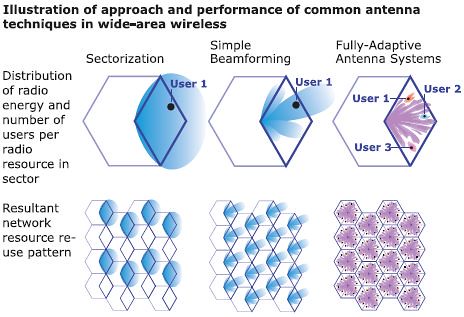Re: 1,200 and Counting
Actually, there is. Photon has zero (rest) mass. In fact, every particle that moves at the speed of light has zero rest mass. And vice versa: if a particle has zero rest mass, it must move at the speed of light. The masslessness of a photon has been verified experimentally to very high precision. For a long time there was a debate whether neutrinos have zero rest mass or not. As far as I know, the evidence now points to them actually being massive. This would leave only photon and graviton (still elusive) to be massless.
Originally posted by c1ue
View Post



Comment